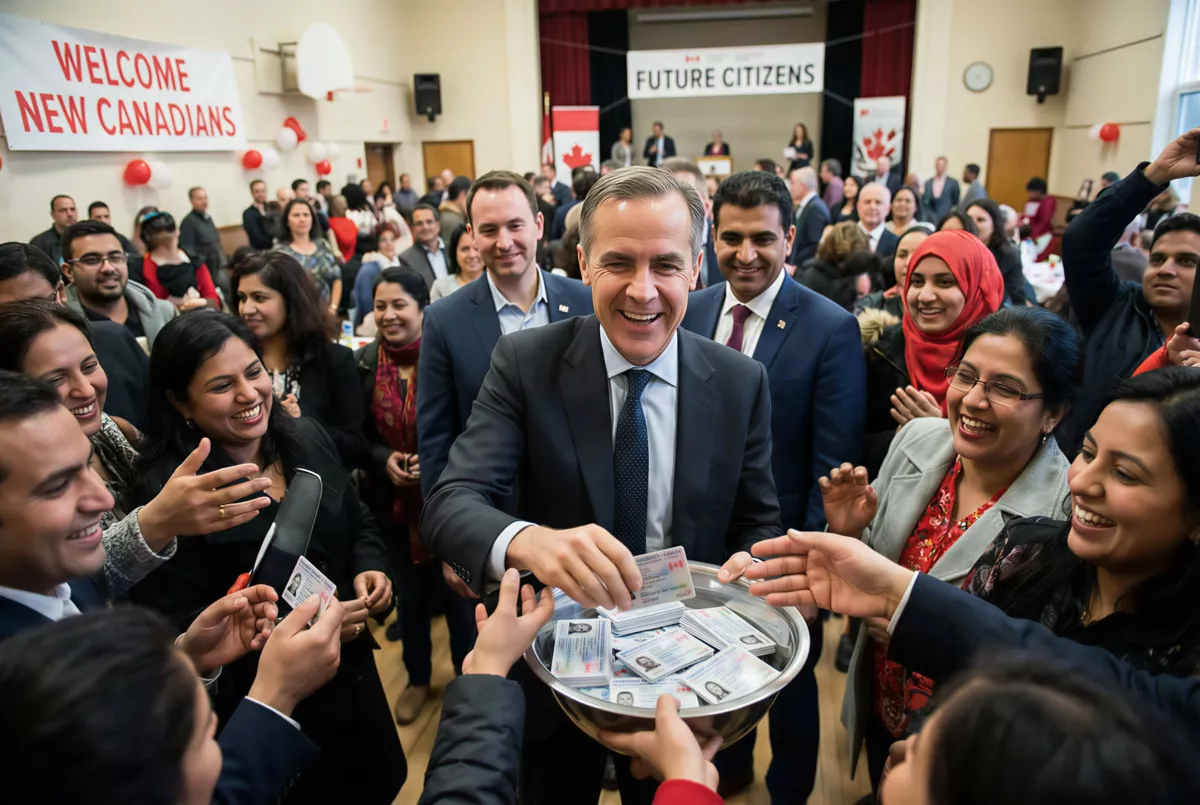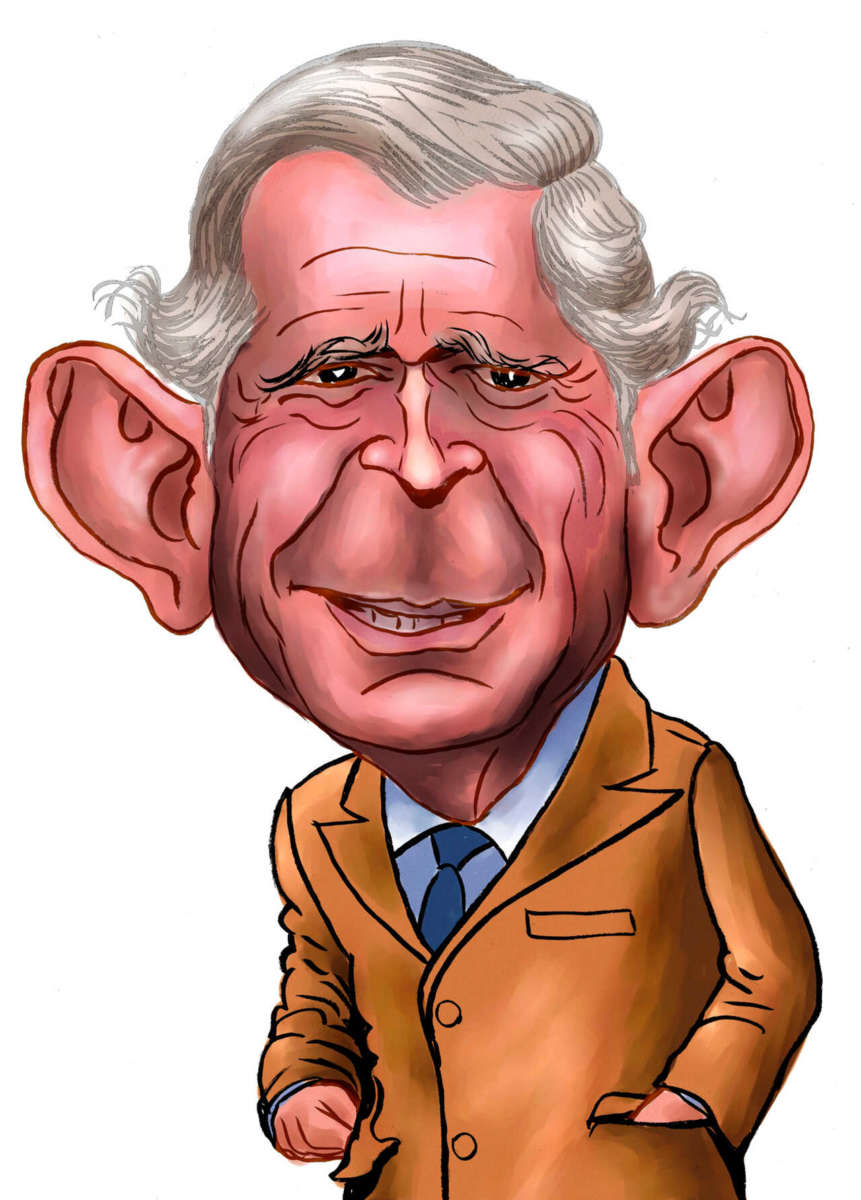Public Health Officials Cash In On Covid
By Janet Mills
“There is no art which one government sooner learns of another than that of draining money from the pockets of the people.”
– Adam Smith, Scottish Economist and Philosopher, 1776
It would appear as though not much has changed over the past 300 years. Governments still find ways to pick our pockets from every angle, and all current levels of government seem especially adept at this skill.
A look at the recently published Sunshine List (S/L) for 2021 supports Mr. Smith‘s observation as it shows Public Health administrators being obscenely compensated for their efforts in purportedly fighting Covid.
Don’t lose touch with uncensored news! Join our mailing list today.
One of the top earners was Penny Sutcliffe, Medical Officer of Health Sudbury. Her 2021 annual pay increased from $347,324.55 to a whopping $800,726.87. That’s right folks, we are looking at an increase of $453,402.32. It was explained that this increase was effective for a 2 year period and that Penny was also doing double duty as the Associate Medical Officer of Health; a role which was vacated in April 2020.This begs the question, if one individual can cover another role for such a sustained period, might that other role be redundant?
Some other notable increases, of which there are many, are as follows:
- Ian Arra, Medical Officer and Chief Executive Officer of Grey Bruce; pay increased from $385,349.79 in 2019 to $631,510.22 in 2020, an increase of $246,160.43. This leveled off in 2021 to a pay of $514,572.06; still significantly higher than in 2019.
- Mustafa Hirji, Commissioner Public Health, Ministry of Health, Niagara; pay increased from $296,583.32 in 2020 to $457,013.15 in 2021, an increase of $160,429.83.
- Lisa Berger, Associate Medical Officer of Health for Toronto; pay increased from $214,809.24 in 2019 to $355,940.01 in 2020, an increase of $141,130.77. This pay leveled off to a 2021 pay of $329,212.93; still significantly higher than the 2019.
- Robert Kyle, Commissioner and Medical Officer of Health for the Region of Durham; pay increased from $337,142.41 in 2020 to $535,190.04 in 2021, an increase of $198,047.63.
- Elspeth McTavish, Associate Medical Officer of Health for the Region of Durham; pay increased from $246,774.14 in 2020 to $463,598.40 in 2021; a pay increase of $216,824.26.
These are but to name just a few. It should also be noted that most of these people likely worked from home the past couple of years, which would have padded their pockets even more with savings on gas and meals. But they would probably argue that the time they would have spent traveling to and from work or eating lunch was spent working hard at ‘protecting the public.’
The Sunshine List includes ten (10) Associate Medical Officers of Health for the City of Toronto whose pay for 2021 totaled $2,890,021.94, which is an average pay of $289,002.19. This includes what appear to be two new hires with a combined salary totaling $386,639. The increase for the remaining eight employees for the two-year period 2019- 2021 totaled $1,380,300.64, an average increase of 40.5%. I guess, if the bosses are getting big increases, their secondsin-command deserve hefty increases as well. It’s only fair; and after all, it’s only tax dollars.
Exorbitant pay increases
When reviewing the Sunshine List, it’s only natural to dwell on the top earners, but closer examination shows these exorbitant increases were prevalent all the way down the Public Health ladder. Take the Region of Durham, Ontario for instance, where the total compensation for 37 individuals was $4,819,617.67 in 2020. This increased to $7,741,615.25 for these 37 individuals in 2021. Four (4) new additions to the S/L accounted for $465,786.98 of the increase while the remaining 33 employees shared in an overly generous increase totaling $2,456,210.60, an average increase of 50.96% per employee.
In addition to the aforementioned top earners, Robert Kyle ($535,190.04) and Elspeth McTavish ($463,598.40), additional examples of the largest increases over a one year period are as follows:
- Kavine Thangaraj, Director – Population Health & Chief Nursing Officer, received an increase of 107% from $156,623.05 to $324,125.34.
- Rebekah Anne Mills, Assistant Manager – Population Health, received an increase of 135% from $131,154.59 to $308,798.44.
- Paula Hanley, Manager – Population Health, received an increase of 93% from $144,060.50 to $277,661.56.
- Michelle Martin, Manager – Health Protection received an increase of 100% from $119,532.96 to $239,330.05. Although Glendene Collins, Manager – Community and Resource Development, is not in Public Health, her pay deserves a spotlight as it increased a whopping 150% from $117,722.52 in 2020 to $294,561.43 in 2021.
These are the amounts paid by the Region of Durham – Public Health for the top 37 earners as reported by the Sunshine List. The salary/wages budget is no doubt even higher when we include workers who make less than the $100,000 Sunshine threshold. This makes one wonder where the funds came from to pay for these large increases and who approved these increases? Will these increases show up on future property tax bills? Were these obscene increases given in the form of one-time bonus payments, or, is the spending so out of control that these increases are permanent and we will be burdened with over-paying these individuals for years and years to come?
This generous bonus payment practice seems to be prevalent in other parts of the country as well. Deena Hinshaw, the Alberta Medical Officer of Health received a 63% bonus, or $227,911, for her ‘hard work’ during the pandemic.
USA Sunshine List also shows huge salaries for public health officials
Dr Robert Malone, inventor of the MRNA Vaccine and a vocal critic of its current use, recently reported that he reviewed a similar Sunshine List in the United States (see openthebooks.com) and he discovered a similar pattern of high salaries for Medical Officers. It turns out that there are about 300 medical officers and other executives in the US government making in excess of $400,000 per year. He goes on to say that the vast majority of physicians don’t make this amount of money annually as the average salary of a physician in the US is around $195,000. Many U.S. corporate executives also don’t make this amount of money. So why is the US government paying these huge salaries?
Evidence indicates that large numbers of health bureaucrats from other provinces and other countries have been paid generously during the last few years. Is this money intended to encourage them to “keep up the good work and don’t ask questions”? When we look at the robust salaries paid to these health bureaucrats, it makes one think about how much better these resources could have been used in front line settings. The average salary for a nurse in Ontario on July 22, 2022 was $105,831.00. The $2,456,210.60 in additional compensation paid by the Region of Durham Health Department to 33 of its highest paid administrators could have paid for approximately 23 additional nurses. Bill 124 capped nurses’ annual salary increases at 1% — too bad there wasn’t a similar cap for health bureaucrats.
3 million Canadians lost their jobs
It would be remiss if we did not do a brief comparison of the private sector that fared very poorly over the last few years with countless lockdowns and onerous health measures to comply with. Public sector employment is up 10.8% while private sector employment is only up by 3.2%, and self employment is actually down by 7.2% over the period July 2019-July 2022. Simon Gaudreault, Chief Economist and VP of Research at the Canadian Federation of Independent Business (CFIB) recently told the Epoch Times that when looking at total paid employment during this same 3 year period, about half of it came from the public sector when normally only about one quarter should come from the public sector.
The government has the resources to offer high paying jobs with lots of benefits as they can raise taxes or debt to pay for it. Three million Canadians lost their jobs during the Covid period; how many public sector workers lost their jobs or even missed a paycheque? Many private sector employees actually took pay cuts to help save their company and their job. About one third of small/medium businesses had temporary closures due to the pandemic. There were no such efforts made in the public sector. Innovation, Science and Economic Development (ISED) Canada reported that small/medium enterprises employed 88.3% of the private sector labour force and that between 2019 and 2020 they were responsible for 92% of the employment changes — job losses — in the private sector. Hardest hit though has been the self employed. According to the CFIB, 62% of small businesses have pandemic debt and 78% say they are still experiencing pandemic stress. Meanwhile, back at Public Health in Durham Region, administrators pocketed an average 51% pay increase. At one time in history, people went into the private sector to make a higher salary and went into the public sector for job security. It appears as though the public sector now has a significant edge on both counts. Which begs the question, who is going to pay these public sector salaries if the private sector is struggling? How much longer can we afford to have these people continue to ‘look after us’?
“The problem with socialism is that you eventually run out of others peoples’ money”
– Margaret Thatcher
When health bureaucrats make more than most physicians, executives, frontline workers and private sector workers, it becomes evident that we have reached a point where we can no longer afford our government. The government needs to allow individual citizens to protect their own health; allowing them to keep their bodies healthier as well as their wallets.
Explore More...














